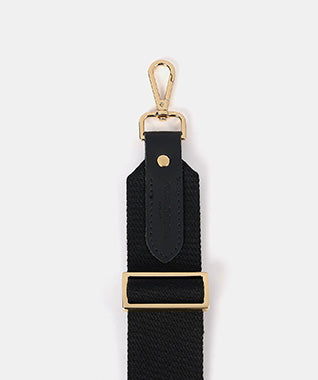The Journal
CSC x Vintage: Greek Myths by Charlotte Higgins
In a literary sphere filled with histories and retellings of Greek myths - whether it’s recent successes like Pat Barker’s The Silence of the Girls or Madeline Miller’s Circe, or established modern...

In a literary sphere filled with histories and retellings of Greek myths - whether it’s recent successes like Pat Barker’s The Silence of the Girls or Madeline Miller’s Circe, or established modern classics like Margaret Atwood’s The Penelopiad or, let’s face it, anything by Mary Beard - how do you stand out?
Charlotte Higgins is chief culture writer at the Guardian and writer of six books, the most recent of which is aptly named Greek Myths (2021). Illustrated with beautiful line drawings by Chris Ofili, the blue, white and gold Hardback says ‘judge me by my cover first - then by my tapestry of tales’.
Greek Myths (2021) by Charlotte Higgins, illustrated by Chris Ofili. Published by Vintage.
A tapestry of tales, because weaving is a central metaphor in Higgins’ book. She refuses to attribute a genre to the book - indeed, it is neither a developing novel nor a factual history. In her Guardian article, she calls it an ‘ancient mythological compendium’ which draws inspiration from the classical literary motif of ekphrasis, the telling of stories through the description of artwork. A compilation of myths told from the perspective of various muses, who literally weave the tales into their respective tapestries, the book subverts both traditional narrative forms and the traditional focus on the male hero.
Charlotte Higgins being interviewed by Sarah Shaffi at our event in Cambridge, November 2021.
Perhaps the word ‘retelling’ is most accurate way to attribute a genre to this book; a feminist retelling, in fact. The heroine replaces the hero in these tales, though neither of those words are ever used. For Higgins, hero/ines as we know them today are frontline health workers, the emergency services, perhaps military heroes. The Greek hero? ‘An extreme and disturbing figure, closely connected to the gods’, sometimes war criminals and murderers, says Higgins. They are often, almost always, male. So instead, both mortal women and deathless goddesses narrate, take control, and weave - an act that formed part of many women’s daily life in Ancient Greece. Higgins even practised weaving on a replica of an ancient loom as part of her research for this book, and has learned to appreciate its difficulty.
This book is as visual as it is literary. Its line art, maps and family trees, as well as its running tapestry theme - ‘text and textile’, as Higgins describes it - is a perfect guide to Greek myths for anyone who is new to the classics. And for the experts, rest assured that there are some unexpected twists and turns, too.
So, for myths as old as time but which continue to enchant, for literary beauty as well as visuals, for a complex, intriguing, fragmented, strange and captivating series of tales, read Greek Myths. Higgins takes stories that have been rewritten countless times, and still succeeds in telling them in her own way. That’s how you stand out.
---------
Have you read Greek Myths? Are you a Charlotte Higgins fan? What should we review next? We are always eager to hear your thoughts - tag #CSCVintage to join the conversation, and find out more about our collaboration with Vintage here.
You can find out more about Greek Myths here.



















































